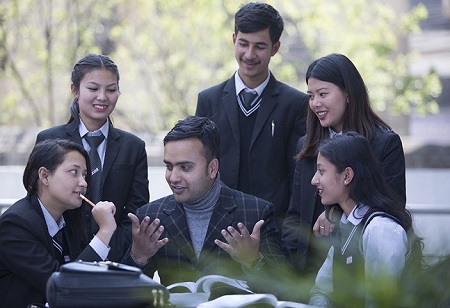In Nepal's breathtaking landscapes, a silent crisis jeopardizes the future of half its population – the educational underrepresentation of girls. Rooted in cultural norms and economic challenges, this issue goes beyond numerical imbalances, symbolizing unrealized dreams and untapped potential. Amidst these difficulties, hope emerges as community initiatives and government actions strive to enhance opportunities, aiming to increase girls' presence in classrooms nationwide.
Many Nepali girls encounter obstacles on their journey to education due to deep-seated gender norms and economic hardships. Traditional roles confining girls to homes and economic dilemmas further complicate decisions on who gets to study, particularly in rural areas. Challenges like household duties and distant schools lead to the necessity of targeted policies and community support to break down barriers and ensure equitable education for all girls.
Change is on the horizon with potential game-changing strategies to address the underrepresentation of girls in Nepali education. Community engagement, involving leaders, parents, and organizations, aims to reshape cultural narratives around gender roles. The government's efforts towards accessible education through policy reforms and initiatives represent a positive shift. Practical solutions such as scholarships, proximity to schools, and gender-sensitive curricula are being explored to make education a feasible option for girls.
Educating girls in Nepal yields benefits beyond individual achievements, acting as a catalyst for economic growth, poverty reduction, and improved community health and well-being. Success stories from various regions showcase the transformative power of education where targeted interventions have significantly increased girls' school enrollment. As efforts persist, the vision of a Nepal where every girl can pursue education and dreams becomes increasingly achievable, fostering a future where girls evolve from mere learners to leaders and innovators.

